Economy, environment, ecosystem, culture, wealth and lifestyle — all of these things are affected by the largest salt lake in the Americas.
The Great Salt Lake plays an important role in Utah, stretching across the greater Salt Lake City region and touching the lives of locals and travelers.
The lake reaches 950 square miles across northern Utah and is bisected by the Union Pacific Railroad Causeway into the north and south arms. Because of the causeway, the south arm is gaining the majority of water runoff, increasing surface area, but the north arm is becoming more salinated, decreasing surface area.
From tourism to health care, scientific discovery to preservation, the lake holds boundless opportunities for growth and development. However, the lake is disappearing — reaching an all-time low of 4,188.5 feet in November 2022 according to FRIENDS of the Great Salt Lake.
FRIENDS of the Great Salt Lake is an organization that serves to protect and preserve the Great Salt Lake’s ecosystem and also increase public awareness of the lake. According to their website, their long-term goal is to create a more comprehensive watershed-based restoration and protection for the ecosystem of the Great Salt Lake.
The state manages water flow from the south arm to the north arm through a device called a berm, which is a raised portion of the railroad causeway where water can filter through stones. Rivers such as the Bear, Jordan, Ogden and Weber flow into the lake.
However, officials describe the system as filling a bathtub with a straw. While there is still water flow, it is a minuscule amount.
The lake hosts an ecosystem for brine shrimp, brine flies and multiple species of birds. The concentrated saline water of the lake has caused decreases in these animal population sizes raising concerns about environmental issues.
Becka Downard, a wetland ecologist with the Utah Geological Survey, said the brine shrimp nearly entered into a dormant state last year, and now as dust storms are being kicked up, harsh materials are being released into the air.
“So for the last 15 years, I’ve been monitoring how the wetlands and the bed of the lake are getting farther and farther and farther away,” Downard said.
Downard said the wetlands she watches are temporary homes for many migratory bird species including 90% of the world’s population of eared grebes and the phalarope species.
The discussion on the lake’s health is not a new one. Over the past few decades, the Great Salt Lake has decreased rapidly, and after reaching the lows of last year, more of Utah’s population is realizing the topic demands attention.
Nonprofit organizations are making efforts to preserve the role the lake has for its inhabitants and the ecosystems surrounding the lake. They are trying to preserve the history and emotional significance the lake has for Native American cultures and how it helped Utah develop as a state.
Lynn de Freitas, executive director of FRIENDS, said that after last winter the lake had gained 5.5 feet of water but has since lost 3 feet due to evaporation from high heat over the summer. The lake is getting smaller and it is also getting saltier.
“Not only was the lake getting lower because we’re in a millennium drought, but the ecological impacts that were going on in the system, like increased salinity, were impacting brine shrimp,” de Freitas said.
Katie Newburn, the education and outreach director for FRIENDS, said the lake experienced a record high in salinity, nearly 19%.
In February 2023, the state decided to raise the berm to capture as much fresh water runoff into the south arm to address the salinity crisis in at least half of the lake.
“They wanted to try to preserve the ecosystem in the south arm, and that management decision has worked toward that goal in lessening the salinity back to a healthy range for the microbialites, brine shrimp and brine flies in the lake,” Newburn said.
However, a major concern for the lake disappearing, according to the Healthy Environment Alliance of Utah, is that the lake bed will become exposed and dust storms will kick up the heavy metals held in the ground. This will cause major health issues for Utahns.
Nonprofit organizations encourage education on how Utah citizens can become water-wise and ethical in water usage, ensure a sustainable view of environmental protection and how water influences human lives.
Educating the public is happening through the Great Salt Lake Collaborative where media outlets — radio, television and print — from all over Utah are coming together to tell the story of the Great Salt Lake.
“We also had some national news pieces that really shed light on it because there’s always been this Great Salt Lake advocacy community, but we’re basically talking to each other before that,” Newburn said.
KSL’s morning and noon anchor Dan Spindle did a 12-episode series on the state of the Great Salt Lake, understanding through multiple sources the agricultural, economic and environmental impacts of the lake’s current state.
Spindle’s series, which took a year and a half between 2021 to 2022 to produce, wanted to answer the question of why Utah citizens should care about the lake.
“I kind of took that question in the stories that I was doing and asked the experts with whom I spoke about that, ‘OK, why should we care?’” Spindle said.
Through his investigations, Spindle realized that one of the main reasons the lake was dissipating was the tapping of water upstream for industrial and agricultural uses before the water flowing down the rivers had a chance to reach the lake.
“And so before the water gets to the Salt Lake, we’re using it for farming, we’re using it for development, we’re using it for commercial and residential purposes,” Spindle said, explaining that ultimately Utah needs a shift in mindset and further education on the factors influencing the lake.
De Freitas said Utahns need to understand that daily life is affected by the lake: Utah’s economy, the migrations of birds and even the snowpack that Utah is famous for.
“What we do or don’t do for the lake is going to be a direct determinant on our future as well,” de Freitas said.
Alex Veilieux, policy associate from HEAL Utah, encouraged Utahns to attend “Lake Hours,” which are meetings run by Save Our Great Salt Lake on the second Wednesday of every month. During these meetings, people can become more educated on events and resources going on for or at the lake.
“I mean, that’s step one in addressing any issue, is people have to be aware of it,” Newburn said. “So I think that we’re finally making progress in the right direction and I think people are realizing it’s kind of like you don’t know what you’ve got till it’s gone.”
Utah officials are making decisions about the future of the lake by brainstorming solutions and requesting help. For example, recently there was the idea to pump salt water up to Utah through California from the ocean. However, there were a lot of contingencies with that idea, and it was shut down by California.
Discussions are still ongoing for possible solutions to assist the lake, but the public can lend a hand by becoming educated on ways to be water-wise, facts about Utah’s dry climate and how they can help sustain the lake’s ecosystems.


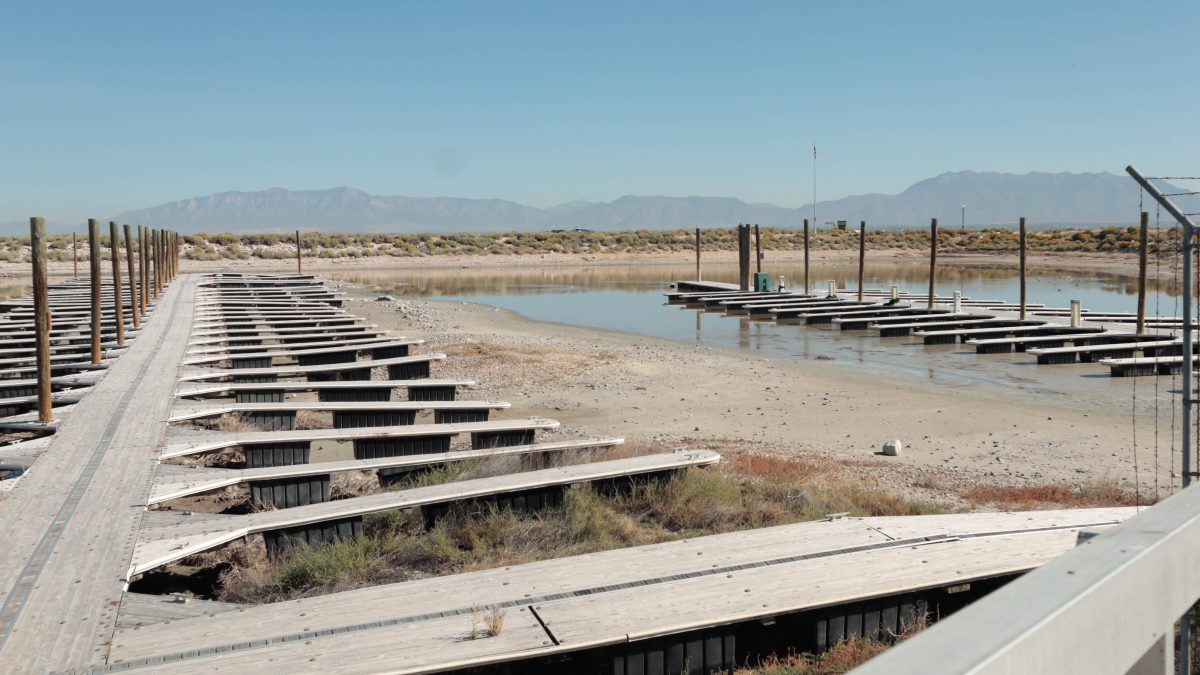

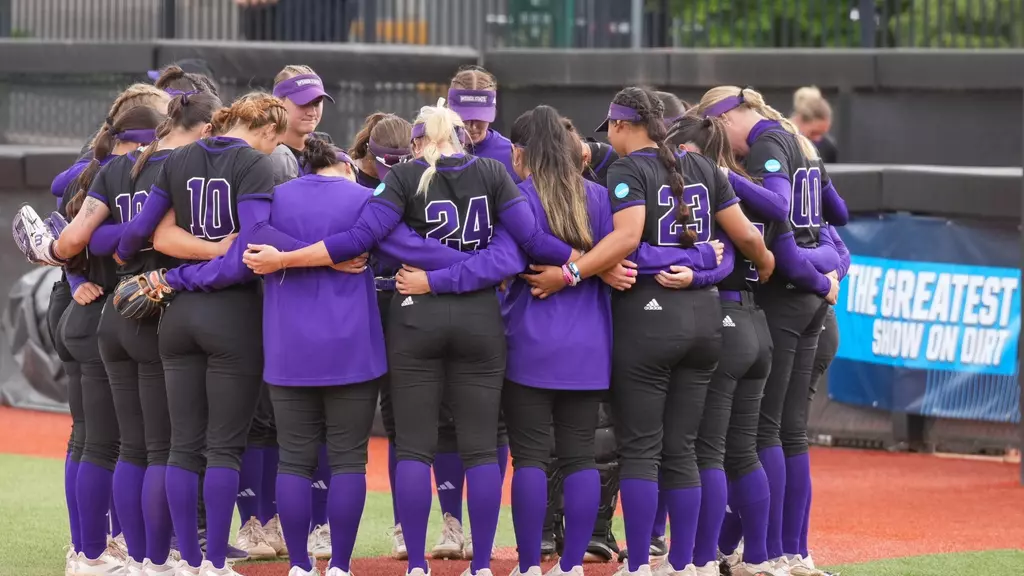

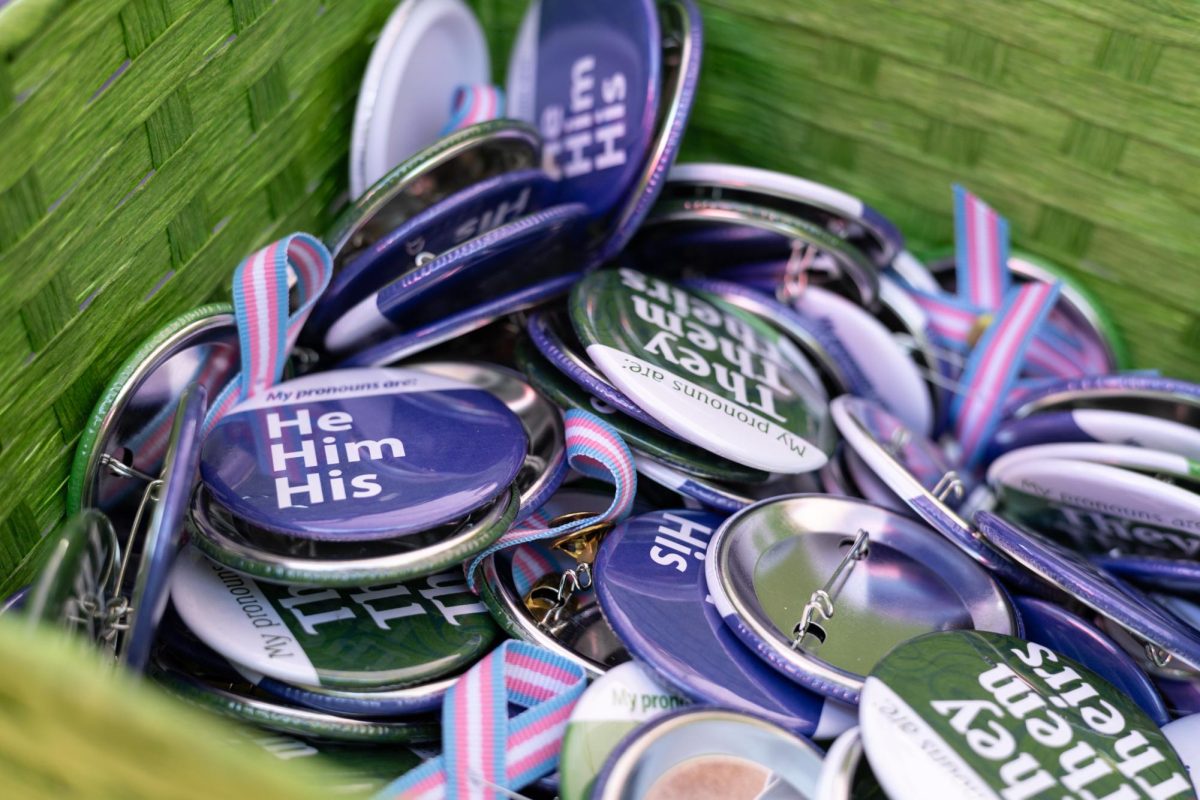
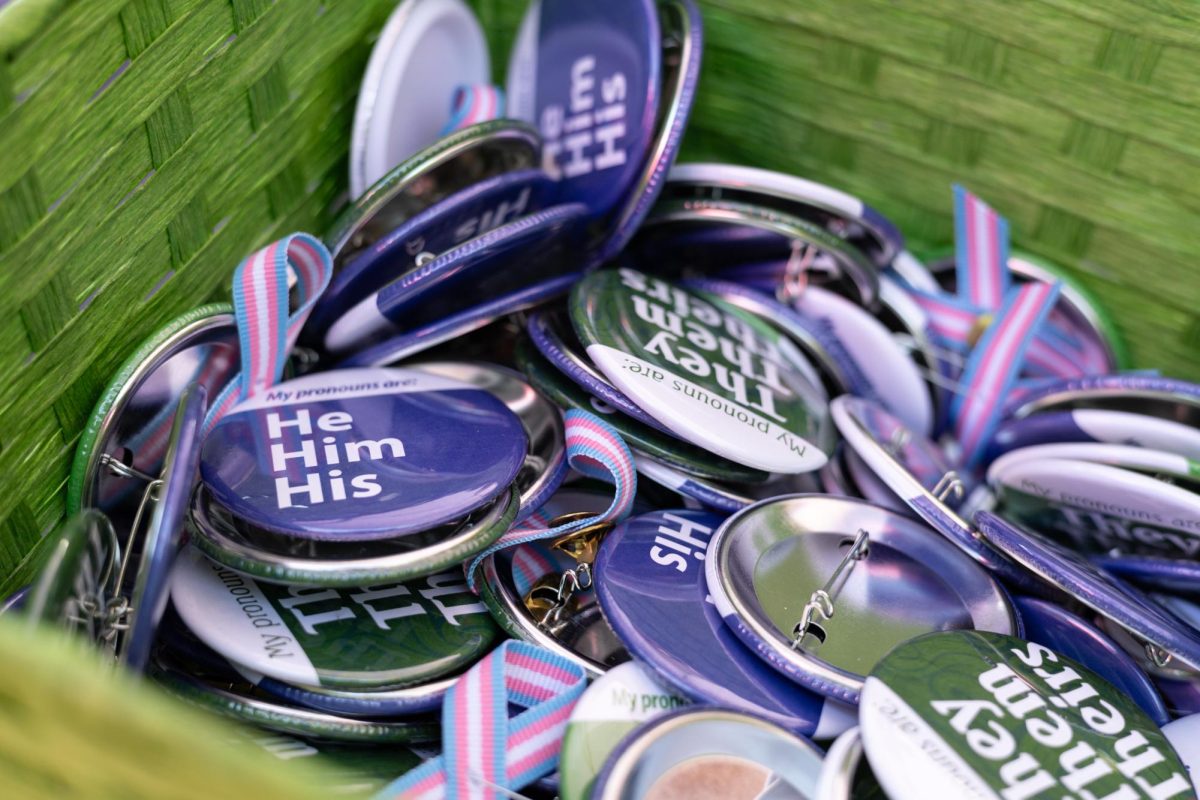
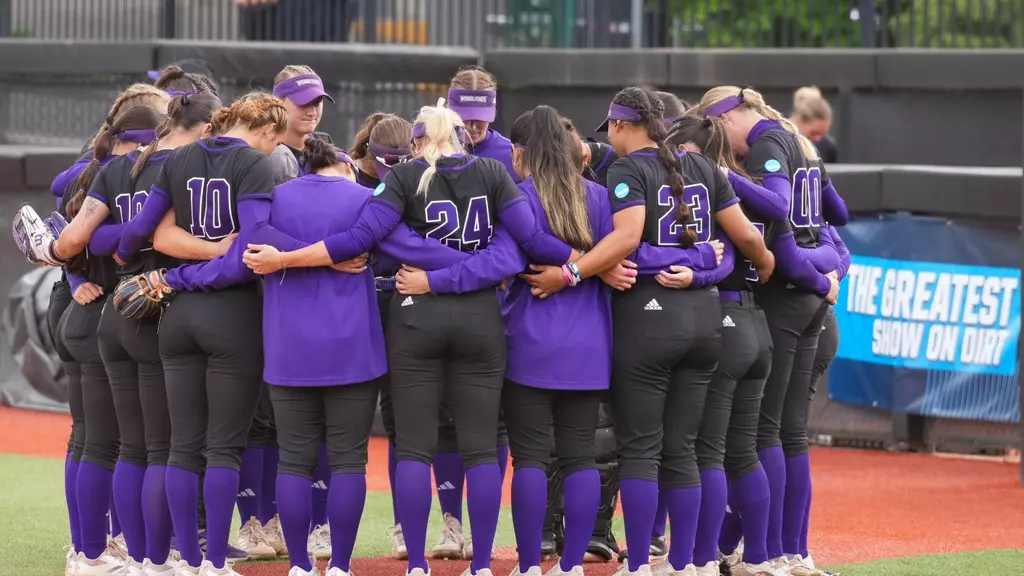

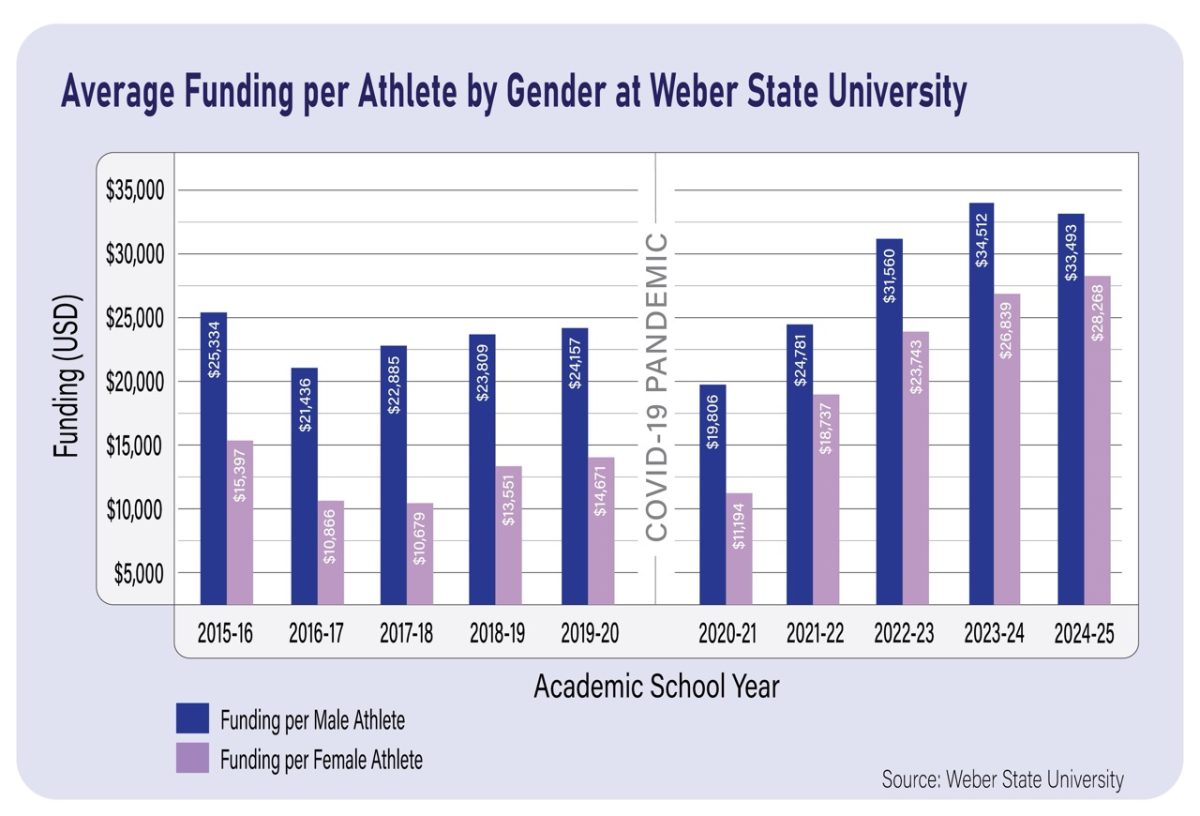
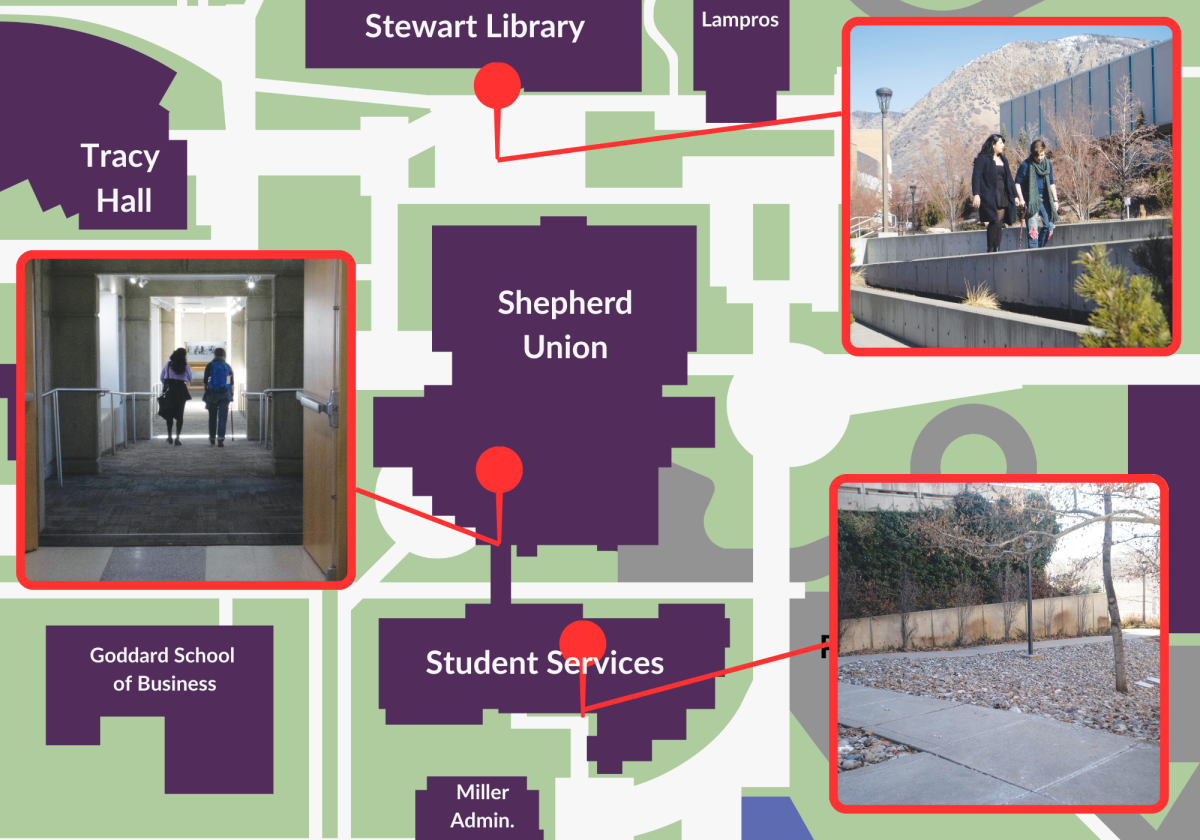
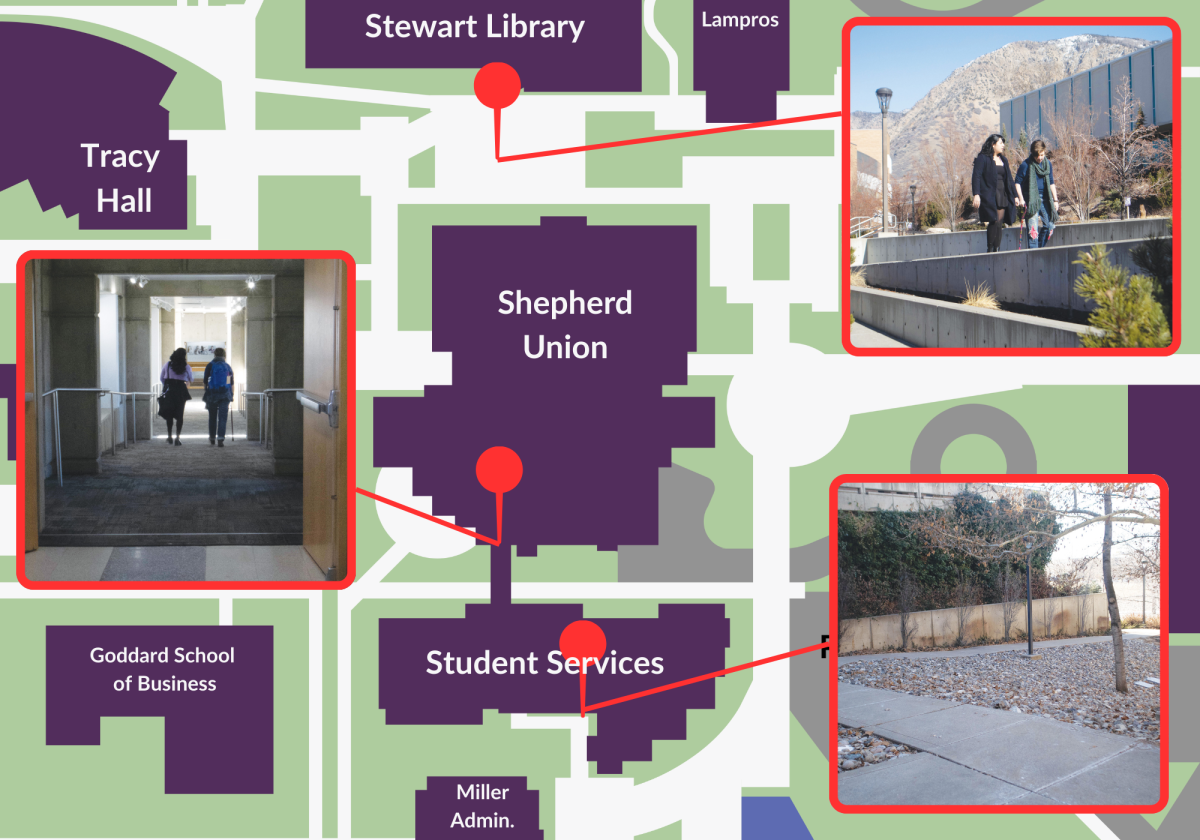
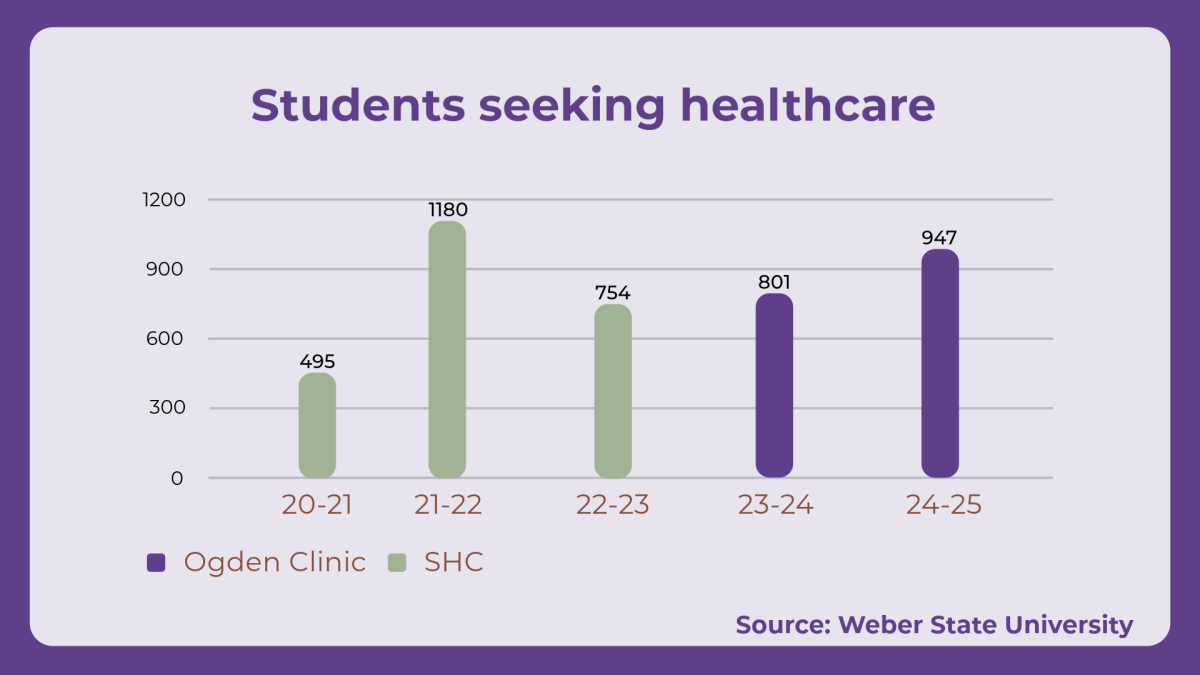
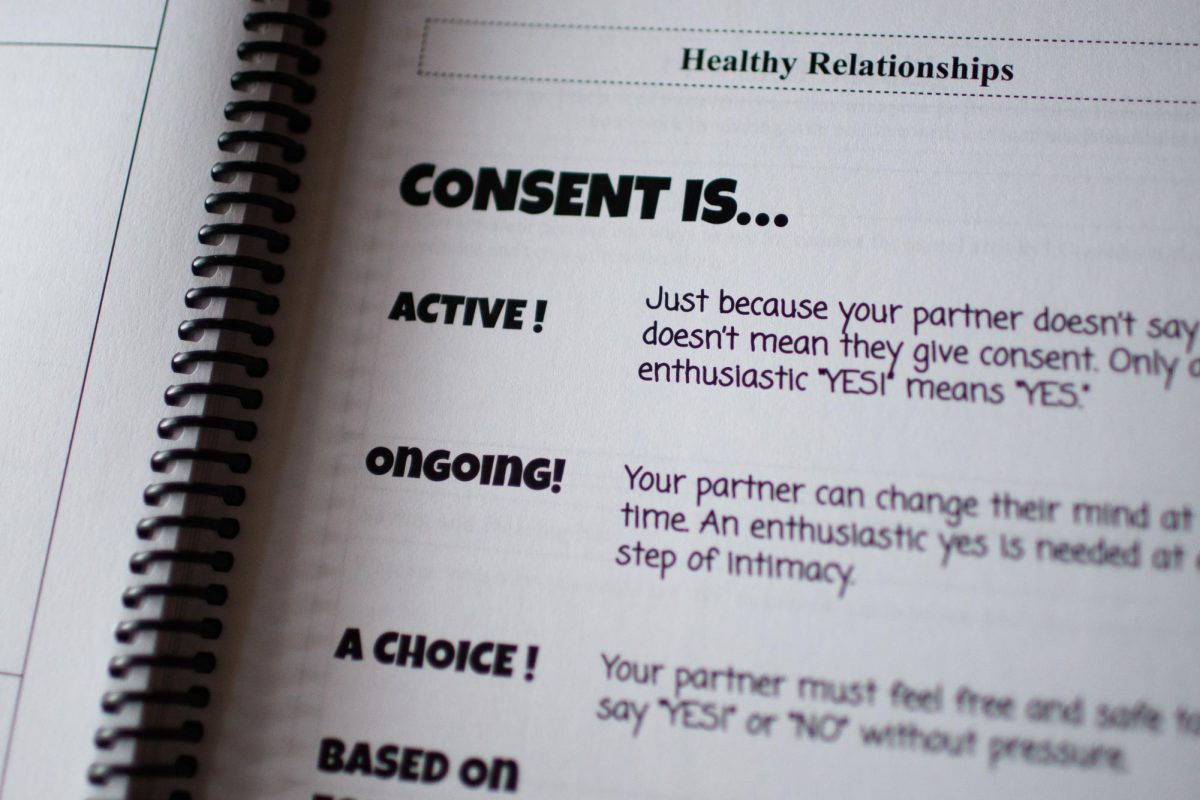

Matthew Shane • Jun 4, 2024 at 6:57 am
As of 6/3/24, Current levels of GSL are remarkable, in a positive sense. The concern is real though.
Nelsy • Jun 3, 2024 at 9:03 pm
Utah investor are building without seeing the real problem of utah that is water we can’t continue building without damage the water supply to savethelake…also .population is increasing without any control..plus we should be promoting business and like churches and local businesses like waltmart to do rock landscapes instead of having big amounts of water being wasted for no purpose on their properties .
Raymond • May 30, 2024 at 11:41 pm
This can be helpful. STOP ALL NEW BUILDING OF NEW HOMES AND BUSSINES’S. Put a 10 year hold. Salt lake and salt lake county and utah County can not afford the water usage. Nor the power needs. Give the Great Salt Lake a chance to be great again. Being honest. It’s not even a lake anymore. We lost the snow utah was once known for. Remember the slogan on the license plates? The Greatest Snow on earth. Humans are wasteful. We need to force stop ourselves from hurting ourselves and the environment. Depending on the part of utah you are in. It needs to be officially closed. No vacancy. 10 years. Stop building. Look in using what moisture in the air to convert back into water to help the farmers and ranchers. This all may seem extreme. Well,we are well past the point for needing to be extreme. Doing nothing to little is what has gotten us here.
Karen Y • Apr 15, 2024 at 9:55 pm
I live in Southern California. I feel the anguish too. Too much growth not enough resources. Sometimes, we have to say no to building vast expansions of construction until the needed resources are guaranteed.
JMHO.
David • Feb 25, 2024 at 2:58 pm
What gives these people the right to speculate on the future of anything. If we lose this lake we will survive. This has happened other places on this earth.
Raymond • May 30, 2024 at 11:45 pm
No water = no life. Look how hard life is in Egypt and parts of Africa. Yes earth does go through cycles. In severe droughts brought death.
Gabi • Jun 2, 2024 at 3:27 pm
Tell us you’re clueless, without telling us you’re clueless.
Anthony • Jun 2, 2024 at 7:35 pm
Why stop with the Grea Salt Lake? I think we should restore lake Bonneville!
Debra • Jun 4, 2024 at 12:12 am
They have studied it for years. One point: As the Great Salt Lake dries up due to climate change and population growth, it’s exposing 800 square miles of lakebed that contains centuries of natural and manmade toxins. When the mud from this lakebed turns to dust, it can become airborne and join some of the worst winter air pollution in the United States. The dust can contain neurotoxins and heavy metals, such as mercury, arsenic, cadmium, lead, and copper, as well as agricultural pesticides, microorganisms, and cyanotoxins. These toxins can interfere with fetal development, cause loss of muscular control, and contribute to heart attacks, high blood pressure, and asthma. Research also links air pollution to chronic disease and premature death.
Debby Coleman • Jun 5, 2024 at 4:14 am
BUT are you aware of the history of this great sea? Utah once was an ocean of saltwater. If she dried up the toxins in the soil , which already effect peoples health , would be blown into the air more than likely causing death, illness and even higher numbers of Downs Syndrome , MS than there already are.
Danny King • Jan 9, 2024 at 2:29 pm
There’s the Columbia river, and the snake river up north of us. There’s new water conservative ways to help with agriculture.why not start there?